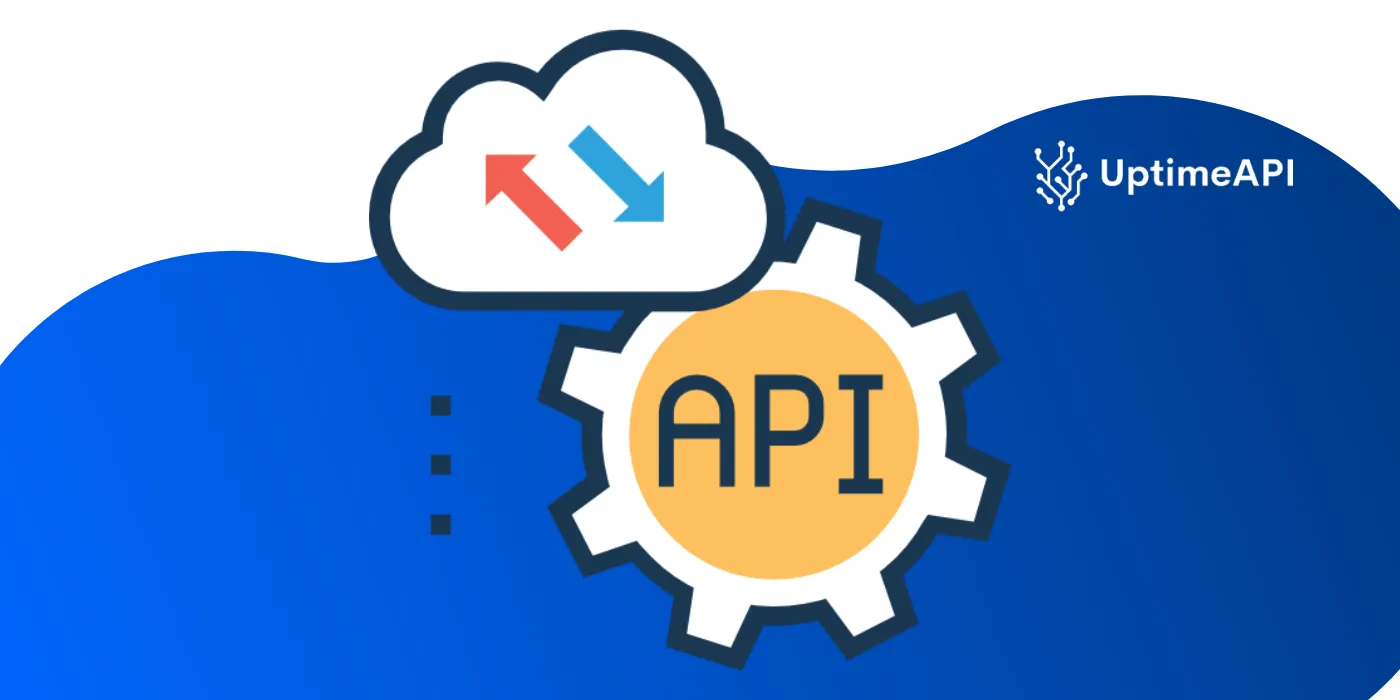REST API Monitoring Tool: Get Started Today

In today's digital age, where businesses rely heavily on seamless communication between various applications and services, ensuring the reliability and performance of APIs (Application Programming Interfaces) is paramount. With the increasing complexity of software systems, even minor disruptions or slowdowns in API performance can have significant repercussions on user experience and business operations. This is where a robust REST API monitoring tool like Uptime API comes into play, offering developers and businesses a hassle-free solution to monitor their APIs in seconds. Let's dive into how you can get started with Uptime API today.
Why Monitor Your APIs?
Before delving into the specifics of how to get started with Uptime API, let's first understand why monitoring your APIs is crucial:
- Reliability: Monitoring ensures that your APIs are consistently available and responsive, minimizing downtime and ensuring a seamless user experience.
- Performance Optimization: By monitoring key performance metrics such as response times and error rates, you can identify areas for optimization and improve the overall performance of your APIs.
- Proactive Issue Detection: With real-time monitoring and alerting, you can detect and address issues before they escalate, minimizing the impact on users and business operations.
- Compliance and SLA Enforcement: Monitoring helps ensure that your APIs comply with service level agreements (SLAs) and regulatory requirements, helping you avoid potential penalties or legal issues.
Getting Started with Uptime API
Now that we understand the importance of API monitoring, let's explore how you can get started with Uptime API:
1. Sign Up for an Account
The first step is to sign up for an account on the Uptime API website. Simply navigate to the sign-up page and provide the required information, including your name, email address, and a secure password. Once registered, you'll have access to the Uptime API dashboard.
2. Add Your API Endpoints
With your account set up, it's time to start monitoring your APIs. Begin by adding your API endpoints to the Uptime API dashboard. This can be done by providing the URL of each endpoint along with any necessary authentication credentials or headers.
3. Configure Monitoring Settings
Once your endpoints are added, you can configure the monitoring settings according to your requirements. This includes specifying the frequency of checks, the locations from which checks should be performed, and any alerting thresholds or conditions.
4. Set Up Alerts
Uptime API offers customizable alerting mechanisms to notify you of any issues or anomalies detected during monitoring. You can choose to receive alerts via email, SMS, or integrations with popular communication platforms like Slack. Set up alerting rules based on parameters such as response time thresholds, error rates, or downtime duration.
5. Analyze Performance Data
As Uptime API begins monitoring your APIs, it collects valuable performance data such as uptime, response times, and error rates. Utilize the built-in dashboards and reporting tools to analyze this data and gain insights into the health and performance of your APIs. Identify trends, spot anomalies, and make data-driven decisions to optimize your API infrastructure.
Benefits of Uptime API
Now that you're up and running with Uptime API, let's take a look at some of the key benefits it offers:
- Ease of Use: With a user-friendly interface and intuitive setup process, Uptime API makes API monitoring accessible to developers and businesses of all sizes.
- Real-Time Insights: Gain real-time insights into the health and performance of your APIs, enabling you to proactively address issues and ensure optimal uptime.
- Customizable Alerting: Set up custom alerting rules to notify you of any deviations from expected behavior, ensuring timely awareness of potential issues.
- Historical Data Analysis: Analyze historical performance data to identify patterns, track changes over time, and make informed decisions about optimizing your API infrastructure.

Conclusion
In conclusion, Uptime API provides a comprehensive solution for monitoring your APIs with ease and efficiency. By following the steps outlined above, you can quickly get started with Uptime API and gain valuable insights into the health and performance of your APIs. Whether you're a developer managing a single API or a business with a complex API ecosystem, Uptime API offers the tools and capabilities you need to ensure reliability, optimize performance, and deliver a seamless experience to your users. Get started with Uptime API today and take control of your API monitoring needs.